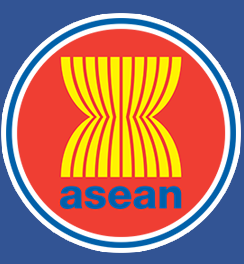ASEAN Journal on Science and Technology for Development
Abstract
Hydrodynamic cavitation (HC) is considered an energy-efficient process with high potential for utilization in many chemical processes. This study presents a computational fluid dynamics (CFD) analysis of cavitating flow through an orifice with a constant flow area. The Reynolds-Averaged Navier-Stokes (RANS) equations, coupled with turbulence and cavitation models, are employed to capture the complex flow behaviors. The effects of inlet pressures and number of orifice-holes on cavitation behavior are investigated. Result of the numerical simulation is validated with the existing experimental data from the literature. The CFD study revealed that cavitation initiates just behind the inlet edge of the orifice plate. The gas phase then develops and collapses at the downstream location, which resulted from the simultaneous influence of shear stress and turbulence associated with the rapid phase change of the fluid medium. An increase in the upstream pressure is favorable for enlarging the cavitation zone, leading to intensified HC, which effectively decreases the cavitation number. Similarly, an increase in orifice holes while fixing the flow area enables to increase the intensity of HC. The cavitation number decreases from 0.62 (inlet pressure of 500000 Pa/single hole orifice) to 0.34 (inlet pressure of 1000000 Pa), while the cavitation numbers of the 3 and 5 holes are 0.59 and 0.55, respectively. Overall, the cavitation inception is lower than 1.5, which indicates the potential for severe cavitation.
Keywords
Hydrodynamic cavitation, CFD, Orifice flow, RANS equations, Turbulence modeling, Cavitation modeling
Publication Date
2025
Received Date
09/03/2024
Revised Date
17/06/2024
Accepted Date
23/10/2024
Recommended Citation
Chanphavong, Lemthong; Chanthaboune, Vongsavanh; and Phonhalath, Keophousone
(2025)
"CFD Analysis of Hydrodynamic Cavitation through an Orifice: Influence of Different Inlet Pressures and Number of Orifice Holes,"
ASEAN Journal on Science and Technology for Development: Vol. 42:
No.
1, Article 1.
DOI: https://doi.org/10.61931/2224-9028.1603
Available at:
https://ajstd.ubd.edu.bn/journal/vol42/iss1/1
AUTHOR QUERY FORM
Included in
Engineering Physics Commons, Environmental Chemistry Commons, Fluid Dynamics Commons, Numerical Analysis and Computation Commons, Oil, Gas, and Energy Commons, Transport Phenomena Commons

